While the fertility of other fungi depends on weather conditions, bitterness can be found at any time during the season. The name speaks for itself and it has a bitter taste, in connection with which it is referred to as conditionally edible species. Therefore, before eating it is thermally processed. By the way, it is used very often in cooking and will be a good alternative to other mushrooms. Photos and descriptions of bitters are presented below.
Content
Characteristics of Bitter Mushrooms
Bitters belong to the Mlecnik family and the Syroezhkov family. Other names of this species are also very common - red bitter, bitter breast, bitter, bitterness, path. Also, this species has certain species features.
Appearance and photo
In appearance, the mushroom has a fruit portion of medium size. The leg is narrow and high, and the hat is flat, with a recess in the center and curved outward edges.
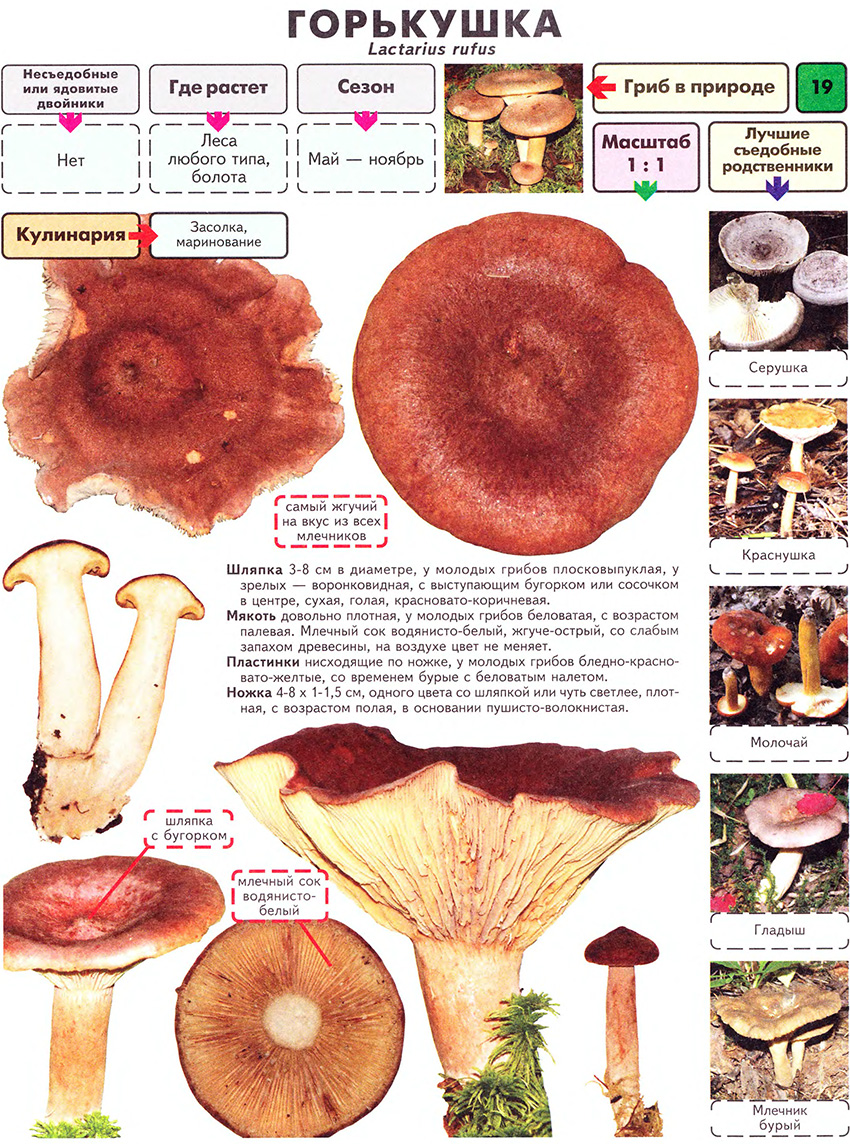
Color - brown-red, brick. Leg may be slightly paler. The plates on the outside of the cap are pale and thin. How the mushrooms look can be seen in detail in the photo.
Morphology
The hat can reach 12 cm in diameter, it is flat in shape with bulges, over time it becomes funnel-shaped, fleshy and dry to the touch. Already mature representatives may appear light concentric zones. Also, the surface of the bitter is covered with small grooves. The color is predominantly brown, with a red tint. The surface of the hat is matte, in the center there is a tubercle.
The pulp is thin in consistency and has a specific aroma that resembles the smell of wood with resin. The flesh secretes milky juice, which is distinguished by its pungency and causticity; it is white and thick in color. On the back of the hat there are narrow, often located plates. Their color changes from light red with a tinge of yellow to rich red with a brown tint. Spore powder is beige or white.
The height of the legs does not exceed 10 cm, and its diameter is on average 3 cm. The shape of the legs is cylindrical, there is a small amount of villi in the lower part, with age it becomes hollow. The color of the legs of young representatives is closer to beige or white, and with age it becomes pinkish. In most cases, the leg has the same color as the hats.
Habitat
Most often, bitters are found in coniferous or mixed forests. They are characterized by the formation of mycorrhiza with pine trees and birch trees.
Peak yields occur in late summer and early fall. Even in lean years, the fertility of bitters is high, which is why they are often used instead of other common mushrooms.
Eating
The "mushroom scientists" of different countries have a different opinion about the question whether this mushroom is edible or not. In Russia, bitters are conditionally edible species and can be eaten after thorough heat treatment. In Western literature, this variety is classified as inedible due to the release of milk juice, which has a very pungent odor and gives off bitterness in taste. But, since the species does not contain any poisons, it is quite possible to include it in your diet.
Rules and collection points for bitters
Since bitters are most often found in coniferous and mixed forests, you need to look for them there. They grow singly or in groups. Experienced mushroom pickers recommend paying attention to places with dry forest litter near pine trees and birches - it is in these places that bitters grow and form mycorrhiza with trees. Collection is carried out from late summer to early autumn inclusive.
It is recommended to collect in the morning, until they are heated under the sun. It is necessary to take a collecting container and a sharp knife with you. After the mushroom is found, it must be cut “under the root”.
The cut mushroom is carefully inspected, cleaned of earth, leaves or dust and put in the basket with the hat down so that they are better stored. Arriving home, you must once again carefully inspect each fruit part in order to make sure that the species is definitely edible. Before use, the bitters are boiled in boiling water for 40 minutes.
Difference from false, inedible mushrooms
False bitters do not exist, and most often this species can be confused with camphor grume and orange grume. The first one has a characteristic smell of dry roots, and the second has a chestnut hat with a red tint, a dark center and a leg of the same color. You can also confuse it with swamp marsh, which has an identical color, but for growth it prefers moist and marshy areas.
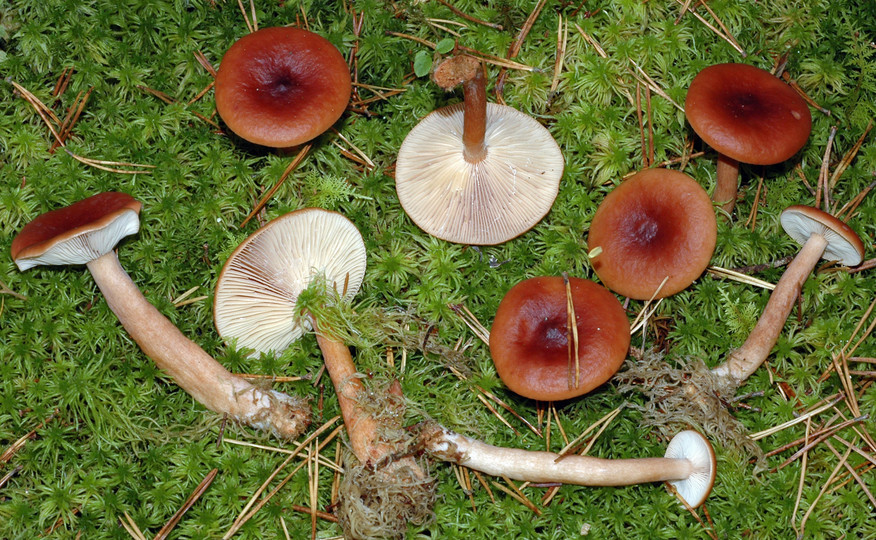
Camphor camphor has a pleasant floral aroma and has a less pronounced central fossa, which differs from this species. The light color of the hat is distinguished by a stunted lactator. To distinguish smooth from the species in question, its glossy hat will help. These varieties are considered edible doubles.
Liver milk is very similar to bitter, which is an inedible species. The main difference is the juice, which turns yellow after contact with air. This species is similar to the swamp lactarius, which prefers marsh and humid areas, compared with bitters.
Useful properties and restrictions for use
The mushroom is widely used in cooking. It is used for frying or pickling in many ways. Also, this type is applicable in medicine: specialists note the positive dynamics in the treatment of people with Staphylococcus aureus, whose growth is suppressed by substances from the fungus.
The main prohibition can be considered the use of a large number of fruiting bodies. When overeating, symptoms of dyspeptic disorders may occur.
Recipes and cooking features
This variety is often used in cooking, due to its prevalence and availability.
Processing before cooking
Since this variety is conditionally edible, it must be processed before consumption and cooking. To do this, pour water into a saucepan and bring to a boil. Washed bitter is thrown into boiling water and continued to boil over medium heat for 40 minutes. After that, the mushrooms are cleaned and used in dishes.
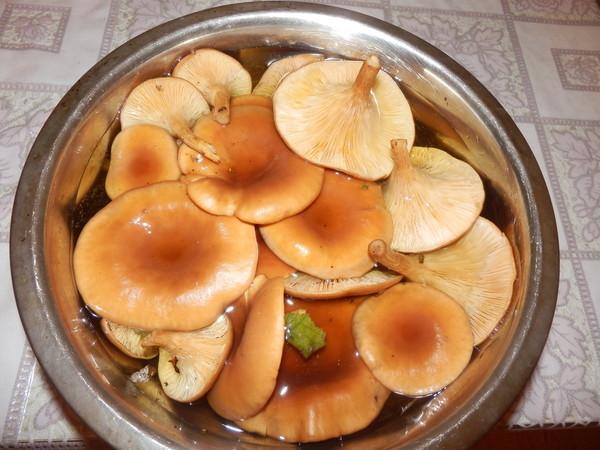
The bitters are boiled in order to get rid of the bitterness in the taste and the specific smell that they exude. In old mushrooms, bitterness can remain even after heat treatment, because experienced mushroom pickers recommend using only young specimens.
Frying, cooking mushrooms
After the first heat treatment, the fruit bodies are peeled and thoroughly boiled.If the mushrooms need to be fried, they are peeled and cut into slices or cubes, after which they are placed in a heated pan. Pre-chopped onions are added to the fried mushrooms, and at the end of cooking, you can add sour cream with herbs.
Salting bitters at home
Most often, bitter is used specifically for salting. At home, mushrooms can be salted in two ways - cold and hot. Before using one of the methods, the bitters are soaked for several hours in warm water in order to remove the bitterness.
The best way is considered hot. To do this, the crop is washed under running water, cleaned, the legs are separated from the hats, too large hats are cut into pieces, and everyone is filled with water. In this state, they are left for about a week. The water in which they are located is changed twice a day. This procedure is done in order to completely remove the juice, and with it the bitterness and pungent smell. Only after soaking do salting begin.
First you need to thoroughly wash the mushrooms and put in boiling salt water for half an hour, not forgetting to stir occasionally. After the necessary time, the oven is turned off, and the broth and mushrooms are allowed to cool, and then drained through a colander. Boiled mushrooms are put in a jar or any other container and add salt, pepper, garlic, cloves.
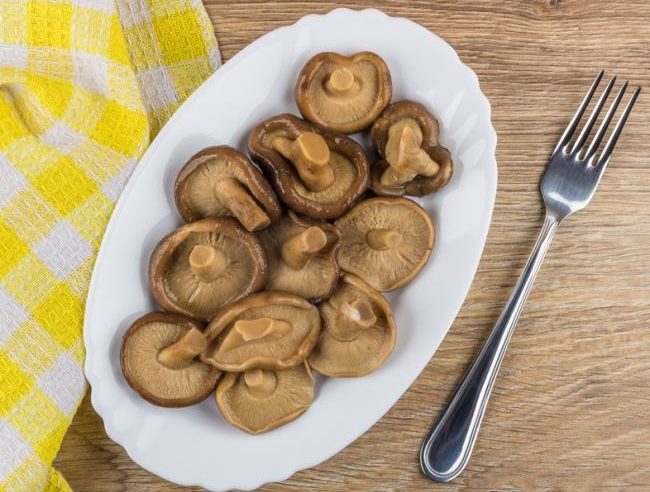
Leaves of blackcurrant and horseradish can be put on the bottom of the container and on top. A load is placed on top of the container so that the mushrooms are constantly in the brine and cook faster. The container is left in a cool and dark place so that the souring process does not begin. Mold that may appear is removed. You can also periodically add boiled water.
For cold salting, the mustard is also soaked. After that, they are thoroughly washed and laid out in a container down with hats. Sprinkle salt on top and add garlic. You can also add leaves of currant, cherry, horseradish, dill.
A load is placed on top of the ingredients so that as much fluid as possible is released. You can also add new ones to ready-made salted mushrooms. To do this, remove the load and drain the excess brine, but cooking will take more time. Mushrooms cooked in a cold way will be ready after a month and a half.
Answers to widespread questions
The most common are questions about edibility, cooking rules and heat treatment.
Bitters are one of the most common types of mushrooms that grow in the forest and are unpretentious to weather conditions, so you can always find them. In this regard, they are considered a good alternative to other species. However, it is very important to be able to distinguish between false and inedible species of mushrooms, since there are a lot of varieties similar to bitter.

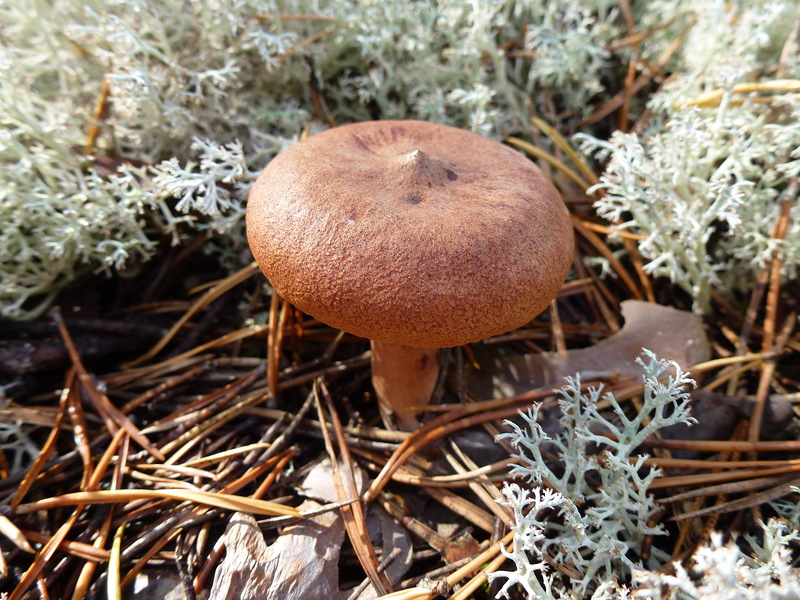
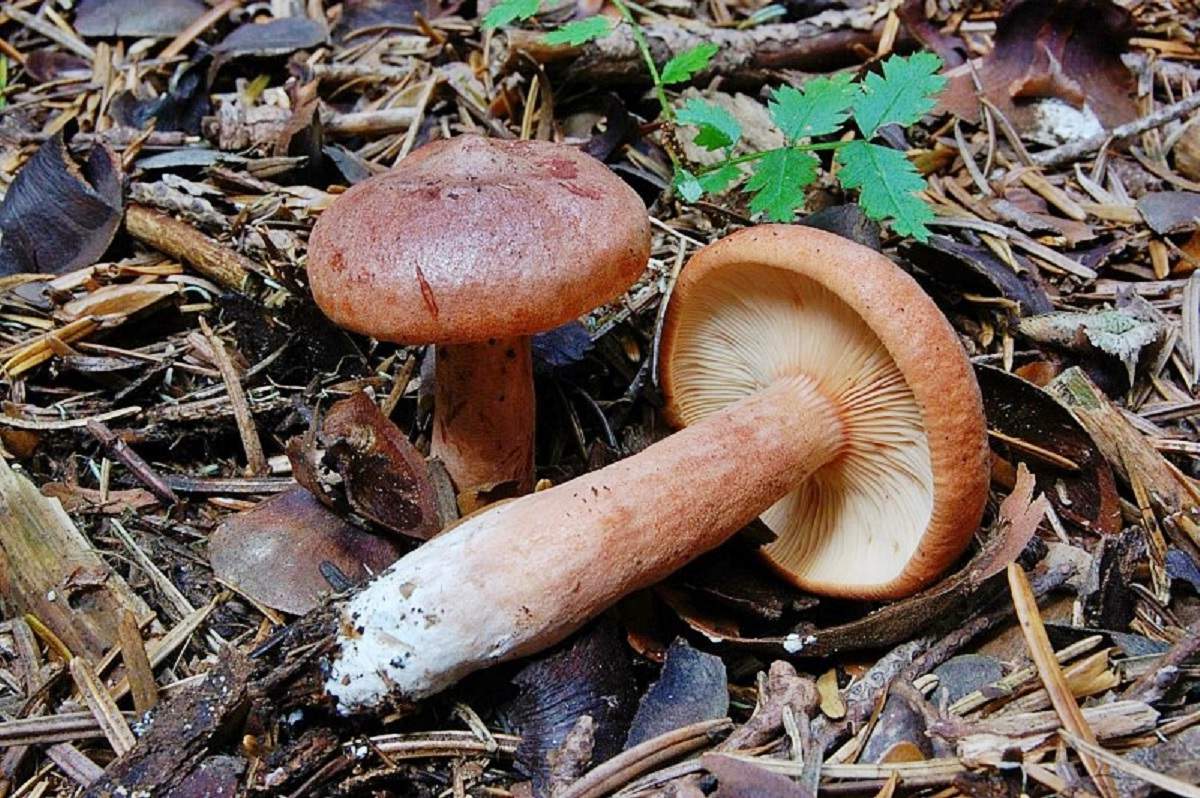
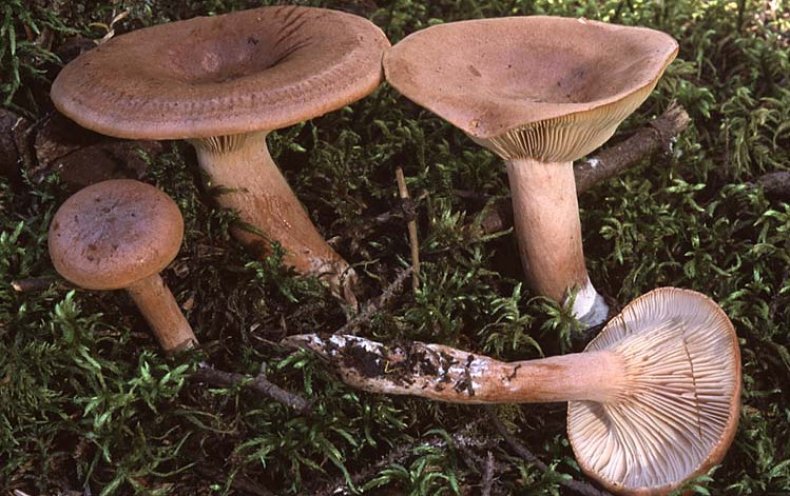
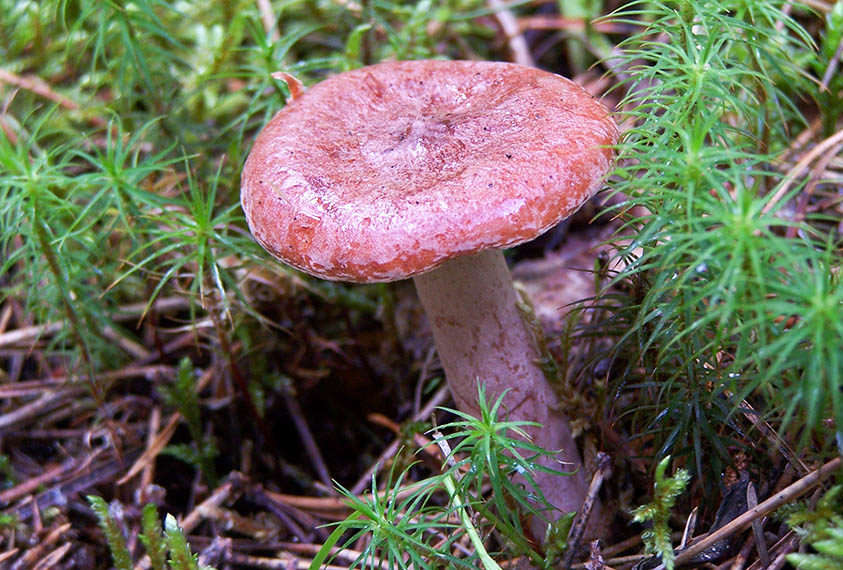
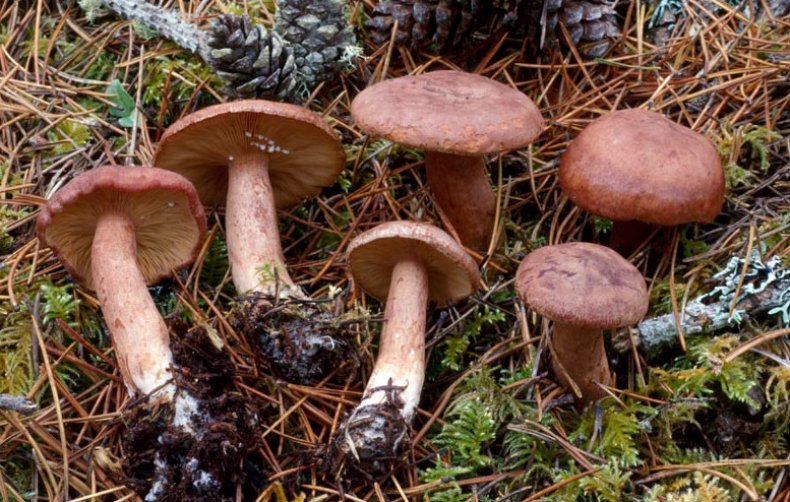
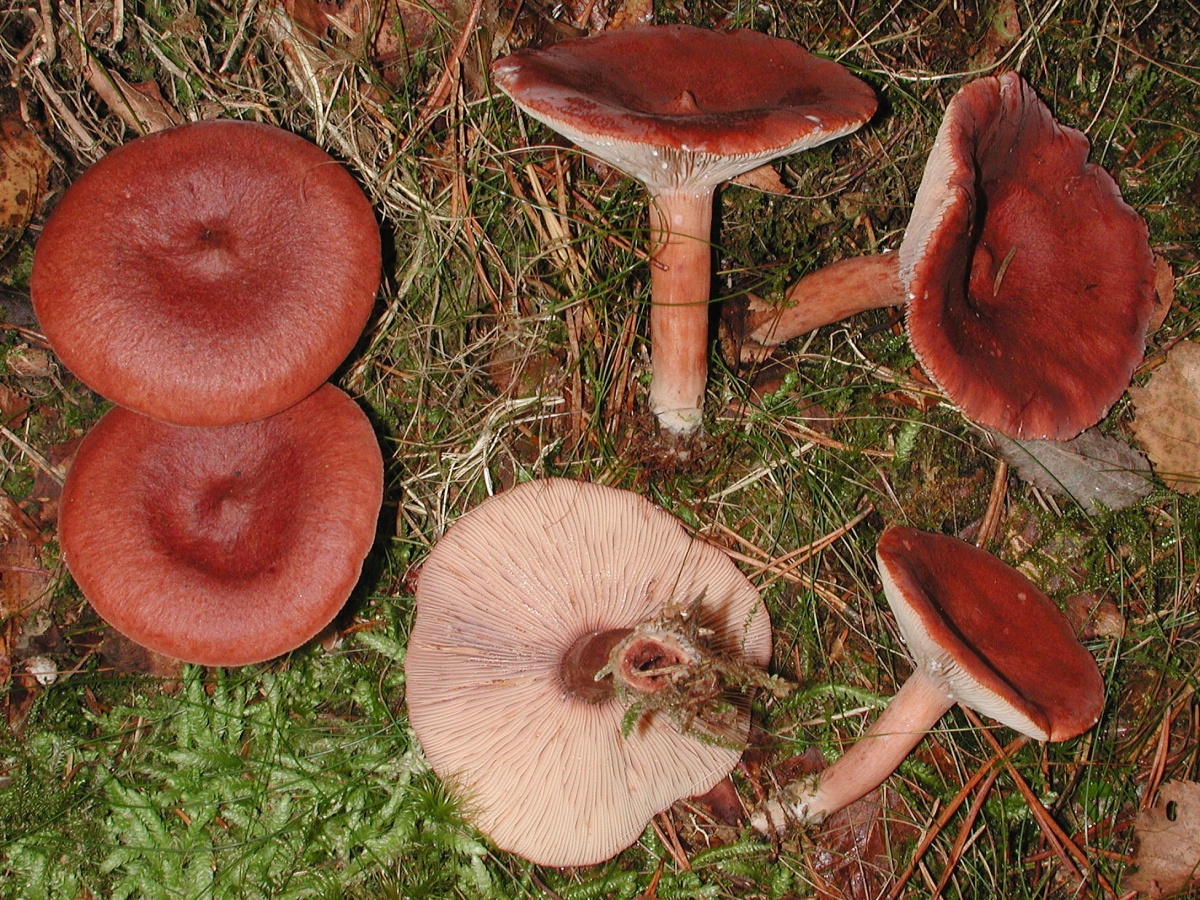
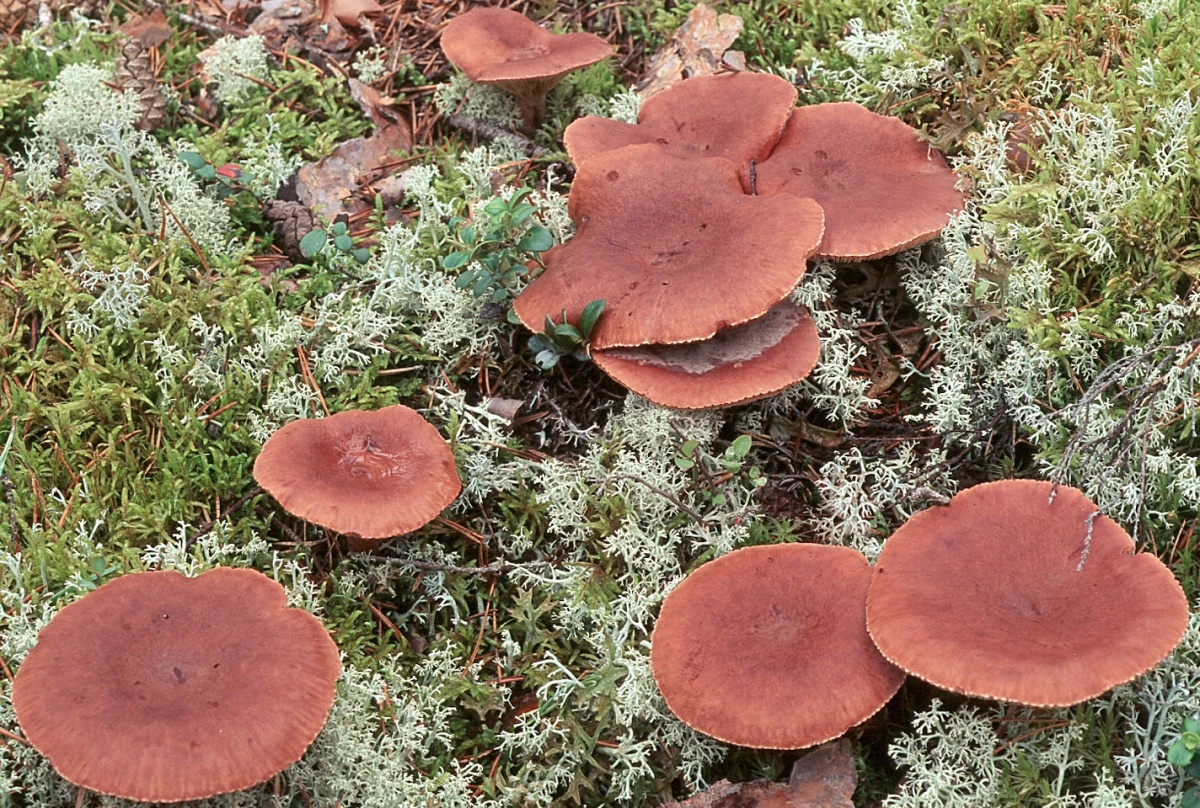
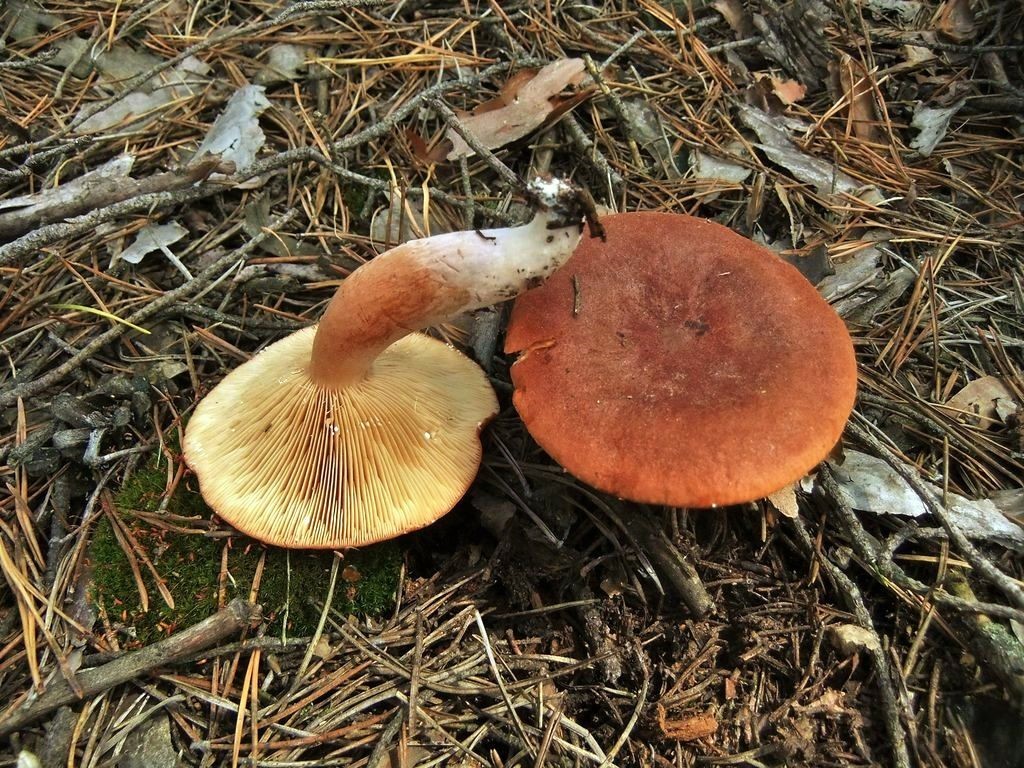
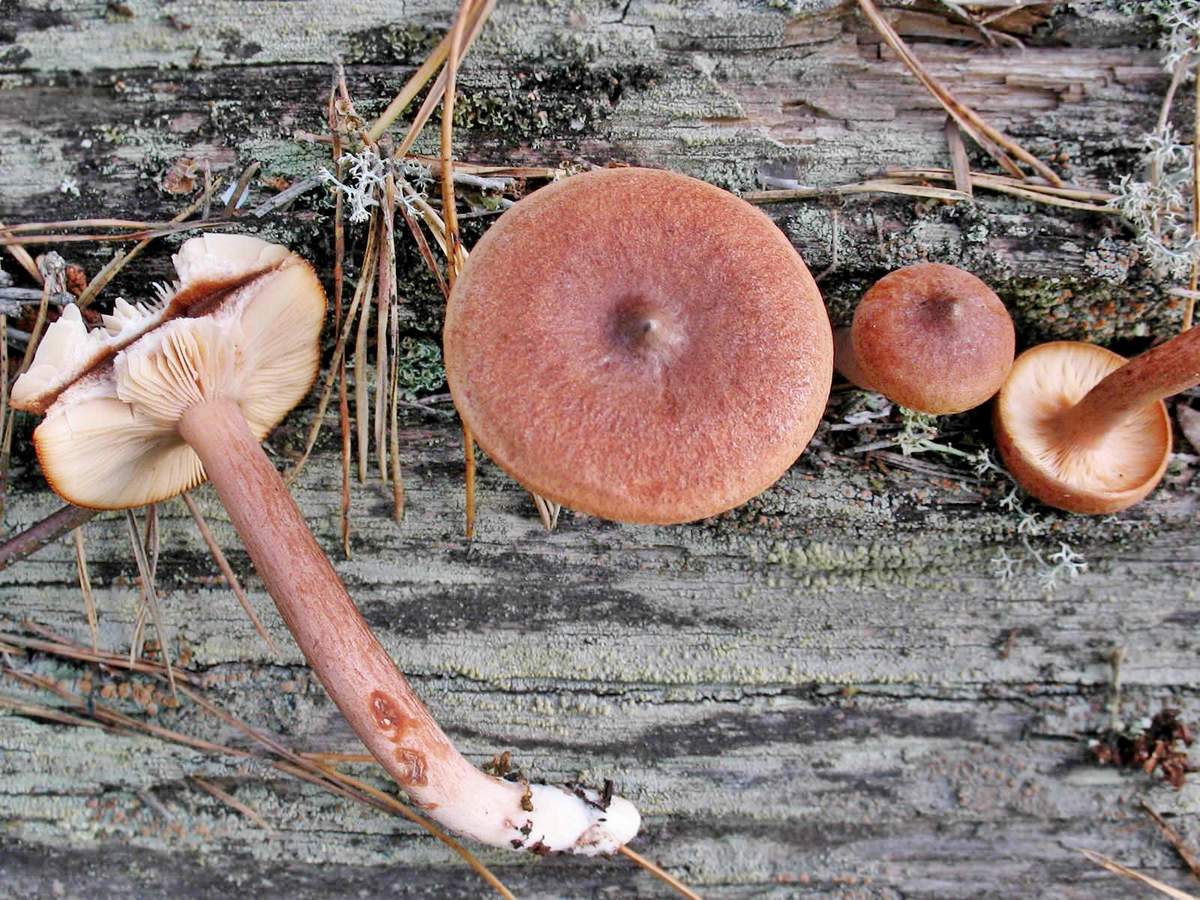
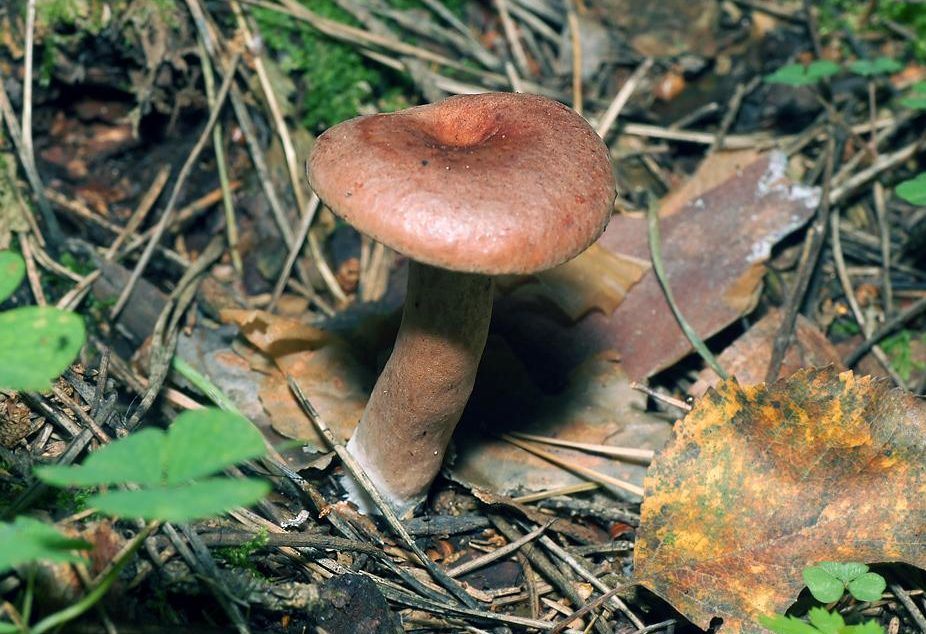

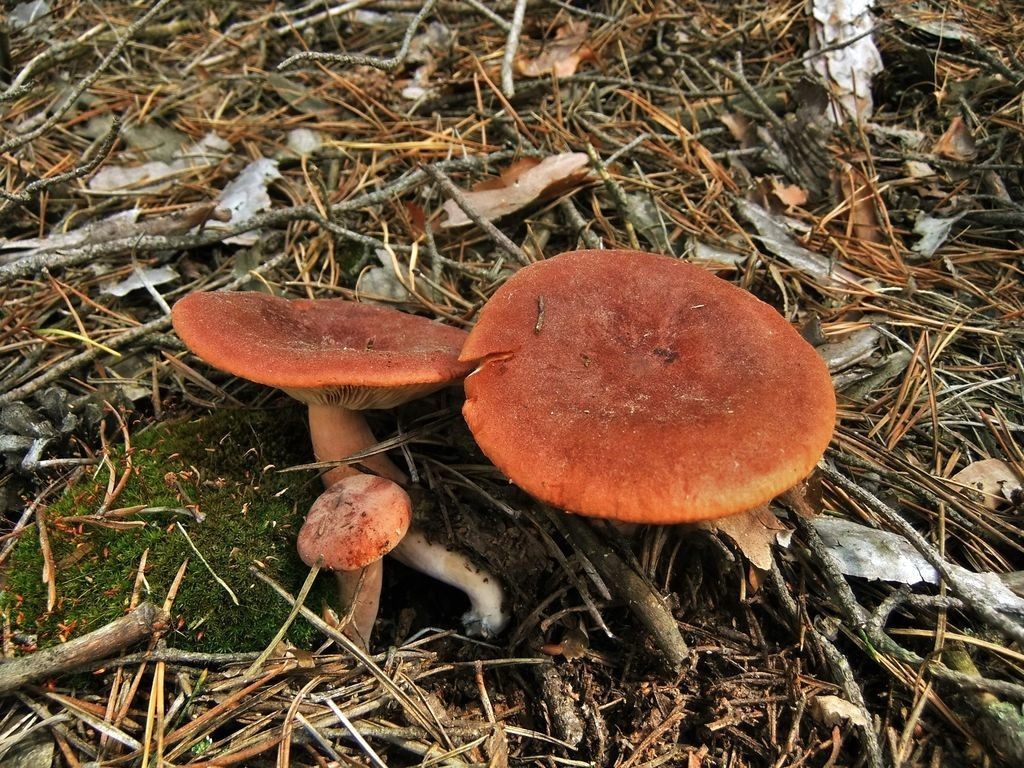
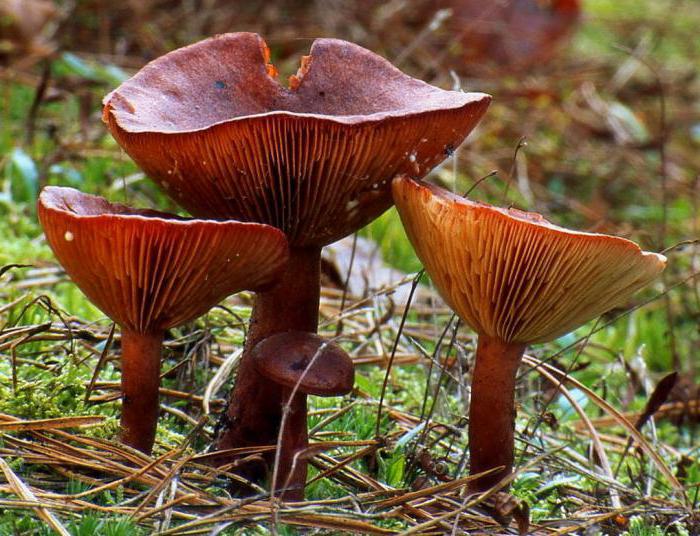
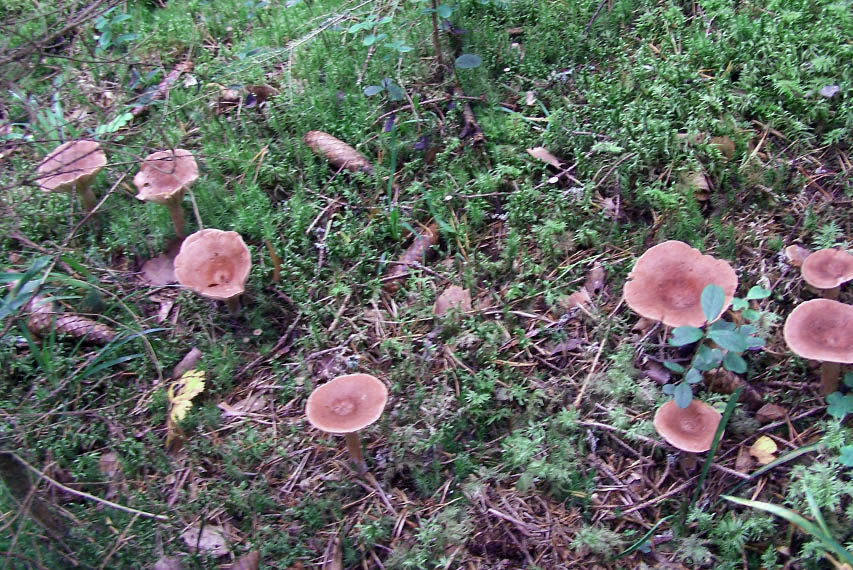
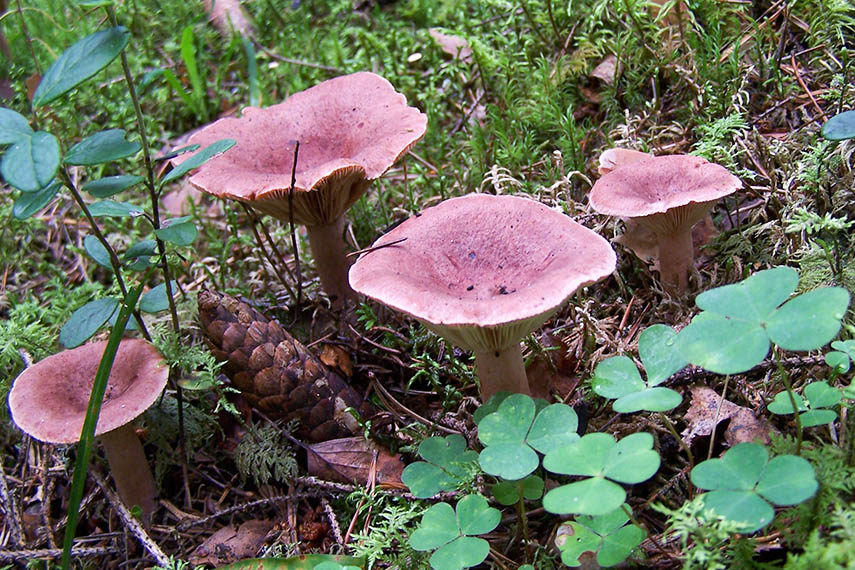



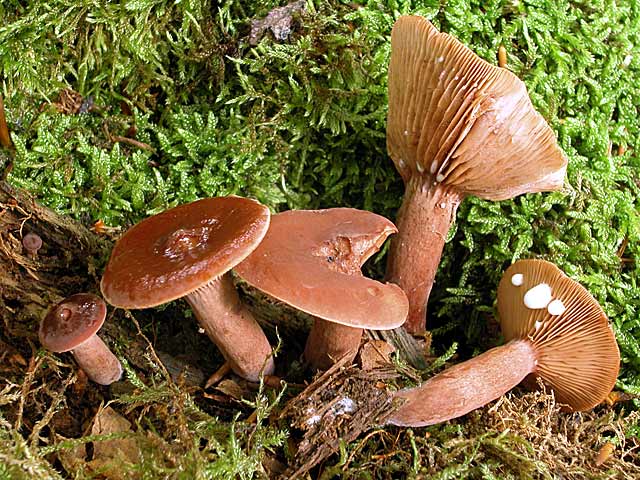
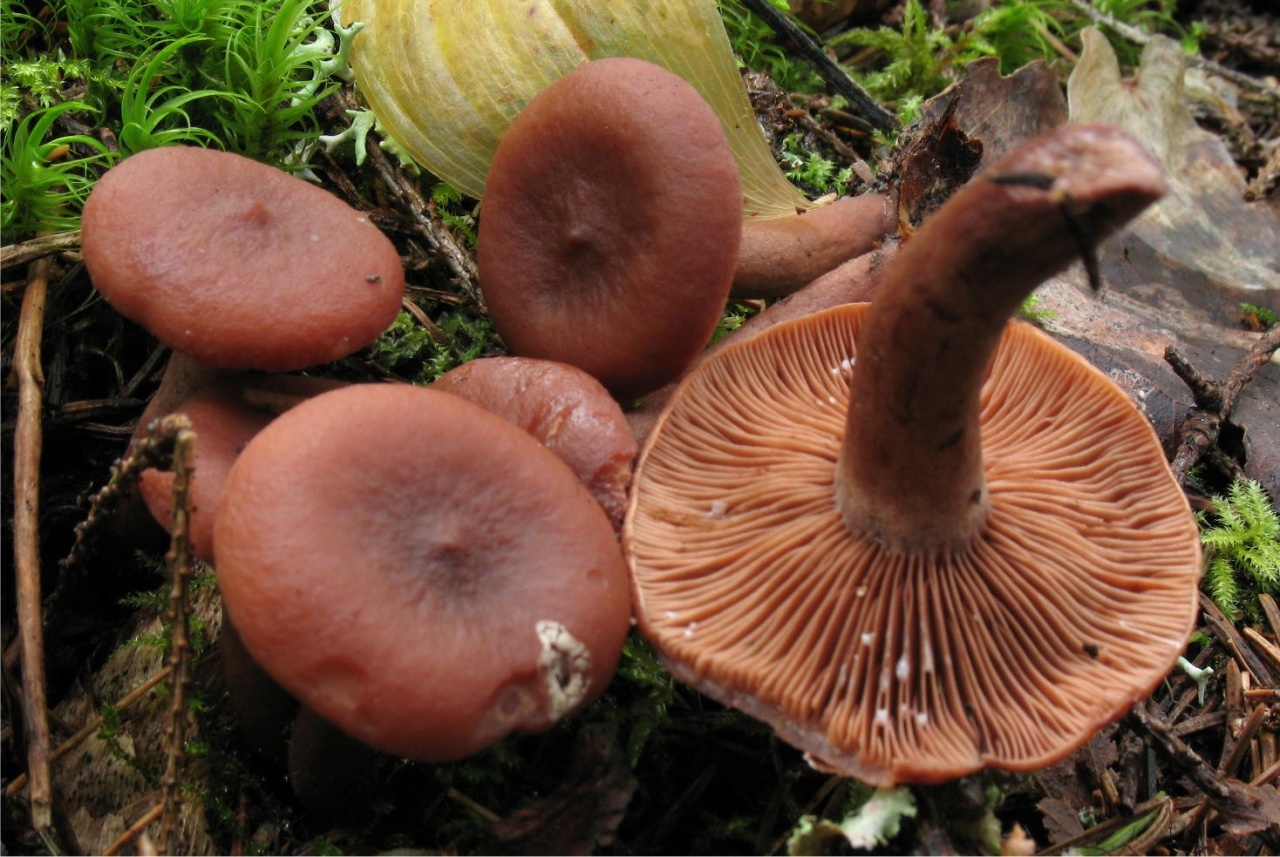
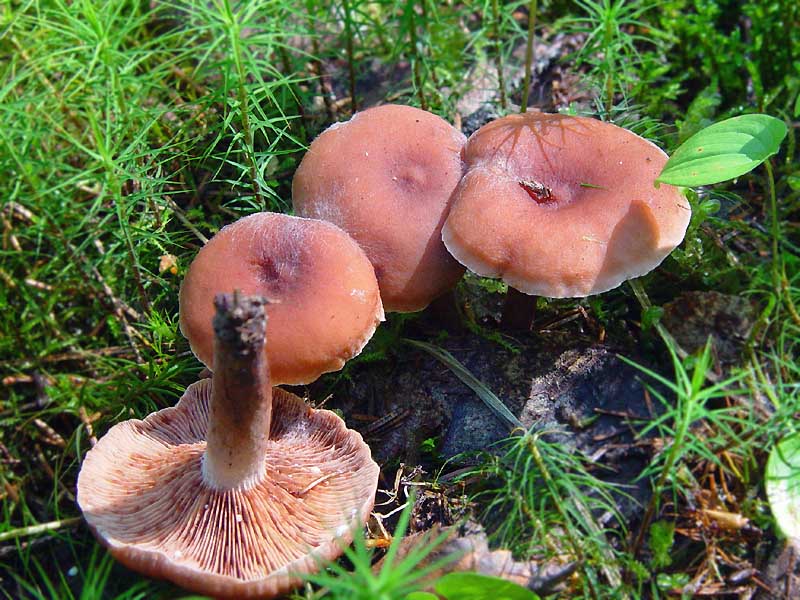
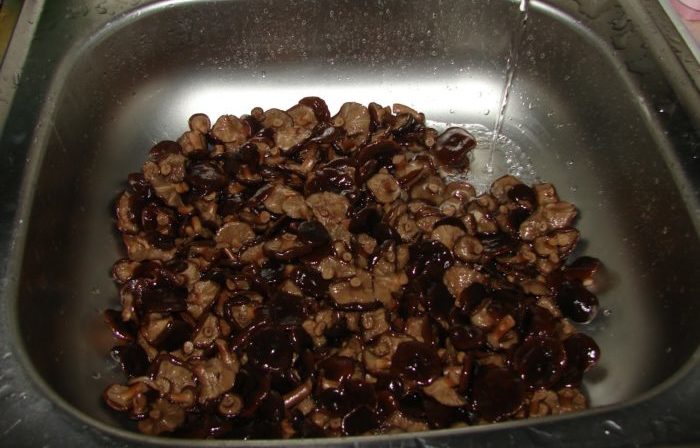
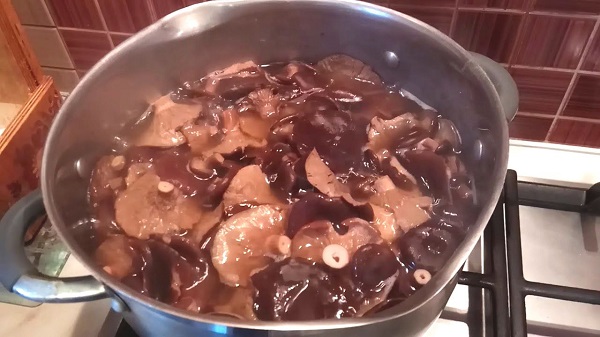
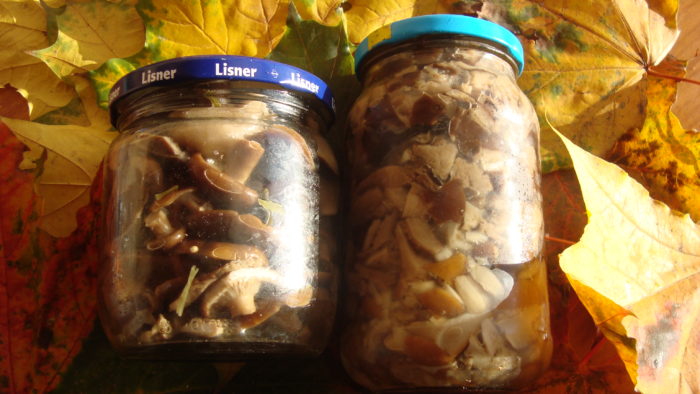
 Care and use of Kombucha at home (+22 photo)
Care and use of Kombucha at home (+22 photo) Edibility of the fungus of the motley umbrella and its description (+19 photo)
Edibility of the fungus of the motley umbrella and its description (+19 photo) Description of edible and inedible oils, their poisonous counterparts (+40 photos)
Description of edible and inedible oils, their poisonous counterparts (+40 photos) Useful properties of milk mushroom and its contraindications (+17 photos)
Useful properties of milk mushroom and its contraindications (+17 photos)